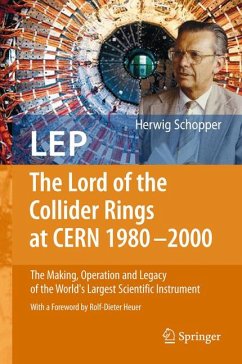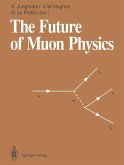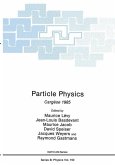The Author, director-general of CERN during the crucial period of the construction of LEP, recounts vividly the convoluted decision-making and technical implementation processes - the tunnel alone being a highly challenging geo- and civil engineering project - and the subsequent extremely fruitful period of scientific research. Finally he describes the difficult decision to close down LEP, at a time when the discovery of the Higgs boson seemed within reach.
LEP was eventually dismantled in 2000, enabling the tunnel to be reused for building the next generation machine, the much more powerful Large Hadron Collider (LHC), an upgrade then called LEP3 and foreseen from the beginning. It became operational just as this account was being completed.
Written by the main protagonist responsible for making LEP a reality, this is the definitive inside story of a remarkable machine and the many thousands of scientists and engineers from around the world, whose efforts contributed to the new knowledge it produced.
Dieser Download kann aus rechtlichen Gründen nur mit Rechnungsadresse in A, B, BG, CY, CZ, D, DK, EW, E, FIN, F, GR, HR, H, IRL, I, LT, L, LR, M, NL, PL, P, R, S, SLO, SK ausgeliefert werden.
"Herwig Schopper's energy and vitality remain undimmed, even though he turned 85 this year ... . His book surveys the two decades of the Large Electron-Positron (LEP) collider, extending far beyond his own reign as CERN director-general in the years 1981-88. ... The Lord of the Collider Rings is a valuable addition to particle-physics literature but it is mainly written for insiders." (Gordon Fraser, CERN Courier, Vol. 49 (9), November, 2009)
"Being a CERN director-general is not simply a case of being an expert in particle physics and accelerator design, as Herwig Schopper describes in The Lord of the Collider Rings at CERN: 1980-2000 ... . As lab boss for most of the 1980s, Schopper also needed to handle billion-dollar budgets, manage rival teams of ambitious researchers, and deal with politicians ... . the book will be essential material for professional historians looking back on CERN's golden years." (Physics World, March, 2010)









